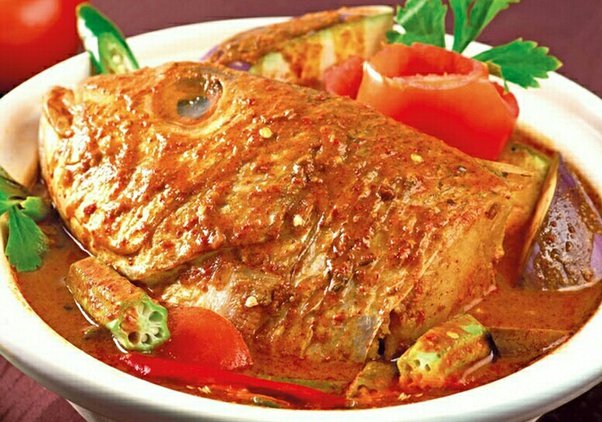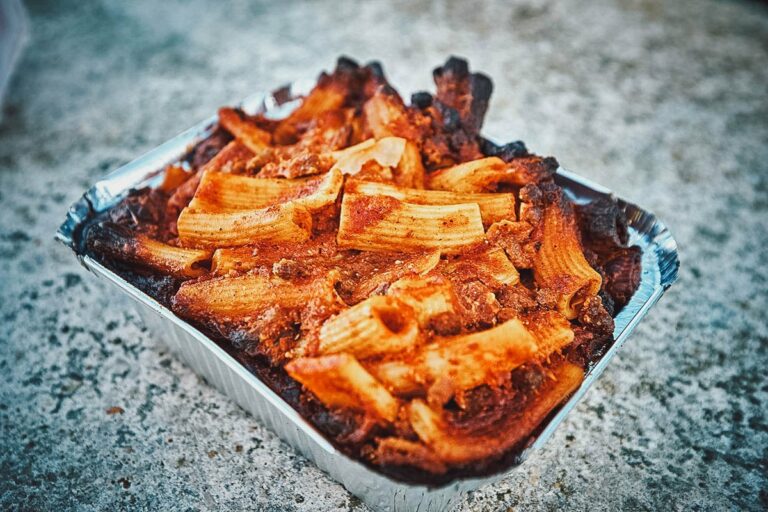Introduction: Malaysian Cuisine Overview
Malaysia is a country located in Southeast Asia, known for its diverse culture, beautiful landscapes, and mouth-watering cuisine. Malaysian cuisine is a melting pot of flavors, influenced by Chinese, Indian, Portuguese, and Dutch cuisines. It is famous for its abundance of herbs and spices, which add a unique twist to its dishes. Malaysian cuisine consists of a variety of dishes, including curries, stir-fries, soups, and noodles.
Spices in Malaysian Cooking
Spices are an essential part of Malaysian cuisine and play a significant role in the country’s culinary heritage. Malaysians use a wide range of spices in their cooking, which adds flavor and aroma to their dishes. Most Malaysian dishes feature a blend of spices, which are ground and mixed into a paste or used as whole spices in dishes. The use of spices also has a medicinal value in traditional Malaysian medicine.
Commonly Used Spices
Some of the most commonly used spices in Malaysian cuisine include turmeric, lemongrass, galangal, coriander, cumin, fennel, cardamom, and chili. These spices are used in various combinations to create a unique flavor profile in Malaysian dishes. Turmeric, for instance, is used in curries and rice dishes, while lemongrass is used in soups and stir-fries. Chili is often used as a condiment or seasoning in Malaysian cuisine, adding heat and spiciness to a dish.
Regional Differences in Spiciness
The level of spiciness in Malaysian cuisine varies from region to region. In general, Malaysian cuisine is known for its spiciness, but some regions are hotter than others. Dishes from the northern region of Malaysia tend to be spicier than those from the southern region. The cuisine of Penang, a state in northern Malaysia, is known for its fiery curries and sambal, while the cuisine of Johor, a state in southern Malaysia, is milder in flavor.
Factors Influencing Spiciness
Several factors influence the spiciness of Malaysian dishes. The type and amount of chili used in a dish affect its heat level. Other ingredients, such as ginger, garlic, and onion, can also affect the spiciness of a dish. The cooking method, such as frying or roasting, can intensify the heat of the spices as well. Lastly, personal preference plays a significant role in how spicy a dish should be.
Conclusion: The Spice of Malaysian Cuisine
Malaysian cuisine is known for its spicy and flavorful dishes, thanks to the use of herbs and spices. Spices are an integral part of Malaysian cooking, adding depth and complexity to the dishes. The spiciness of Malaysian dishes varies from region to region and can be adjusted according to personal preference. Whether you prefer your food mild or fiery hot, Malaysian cuisine has something for everyone.





